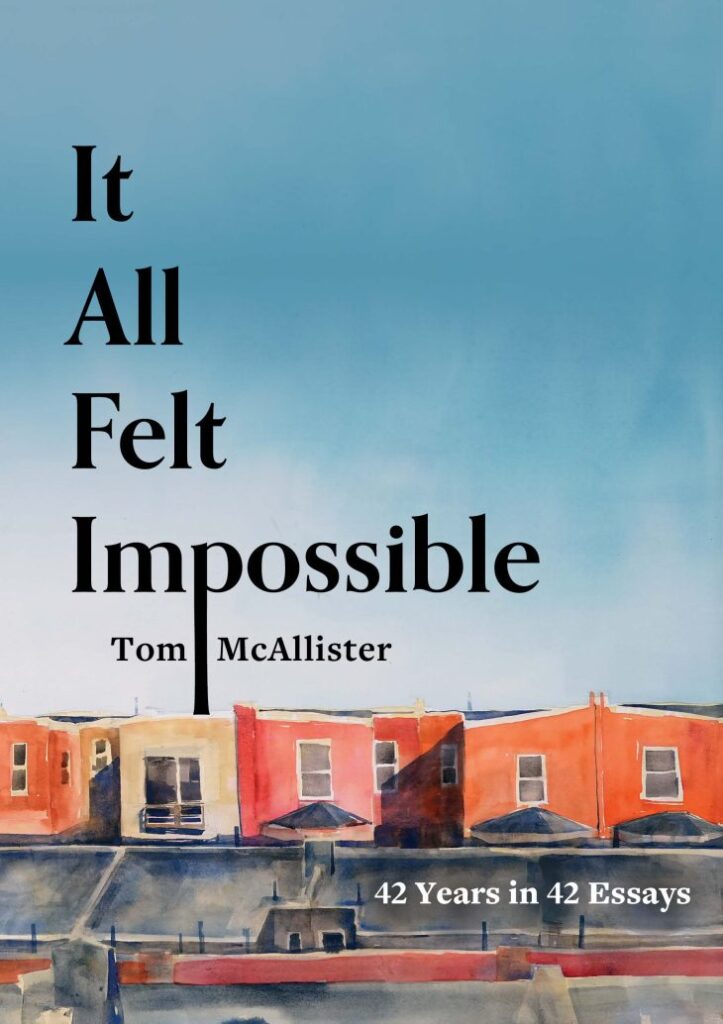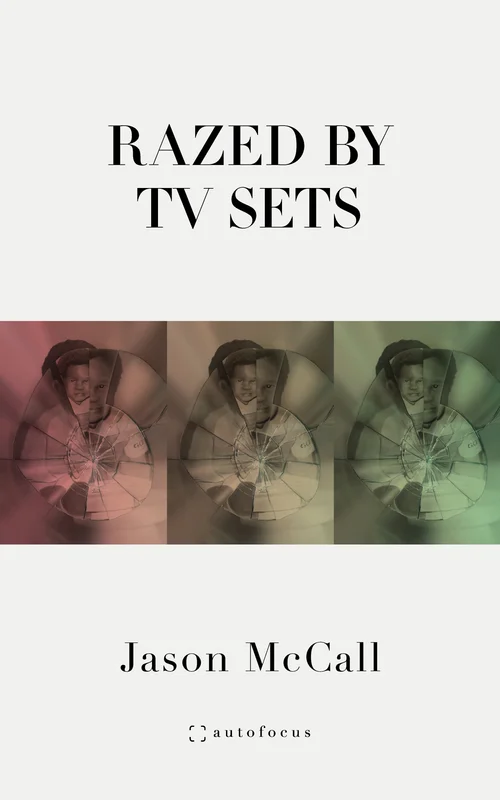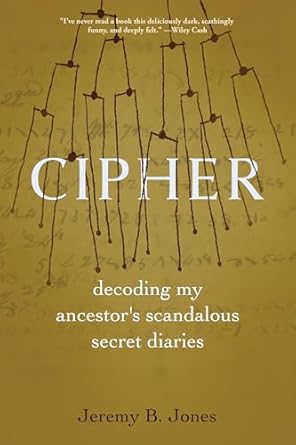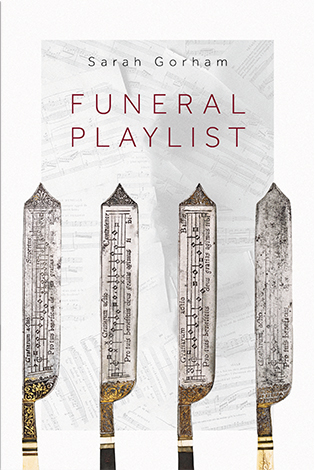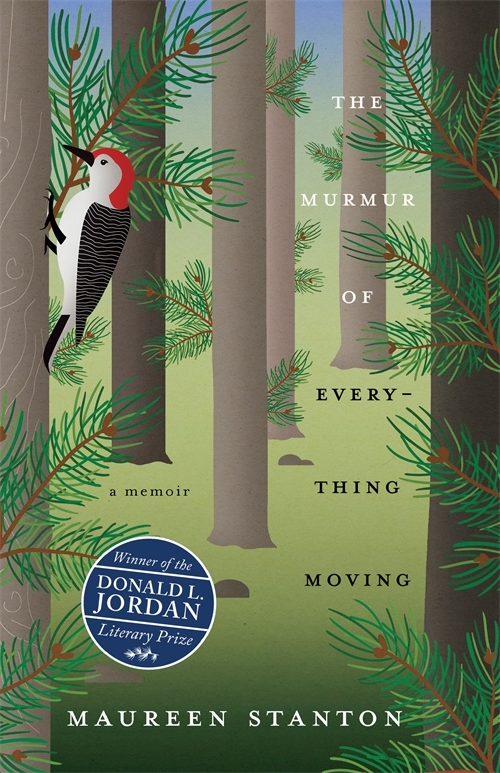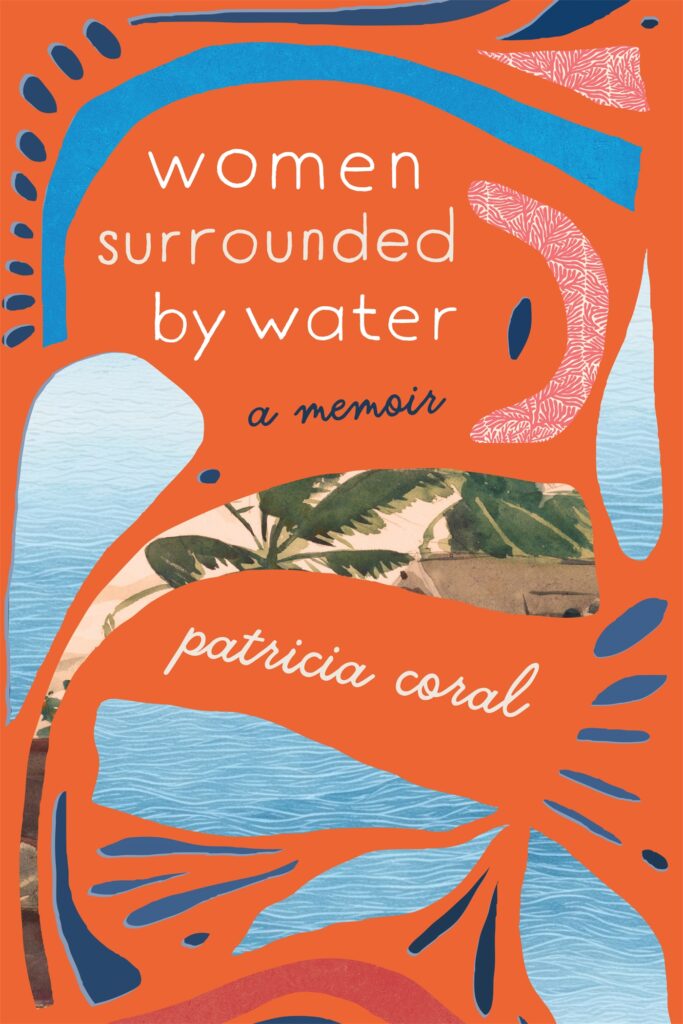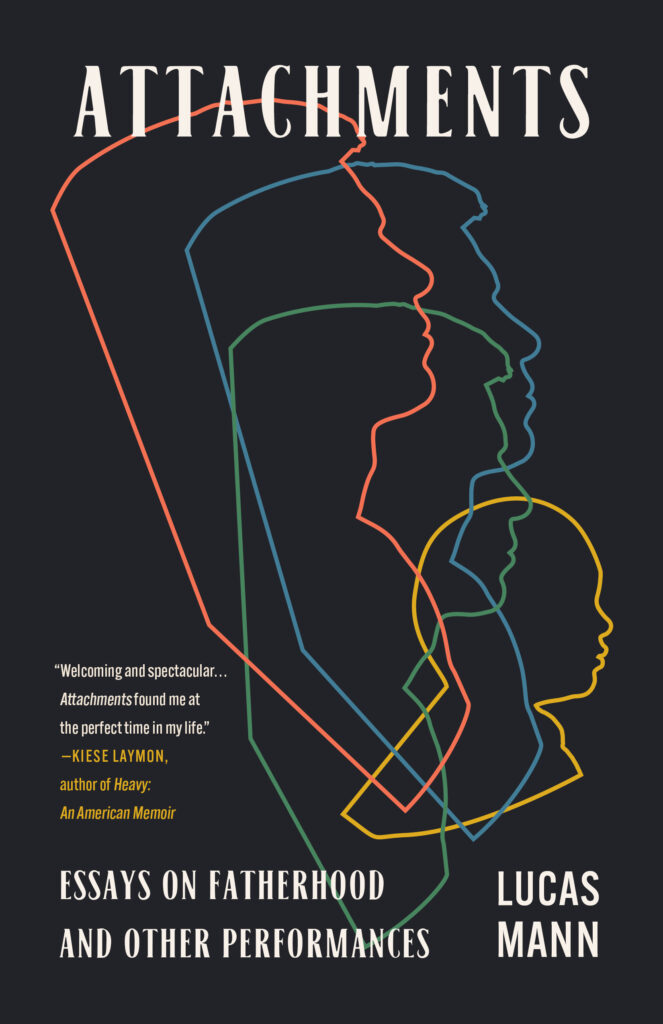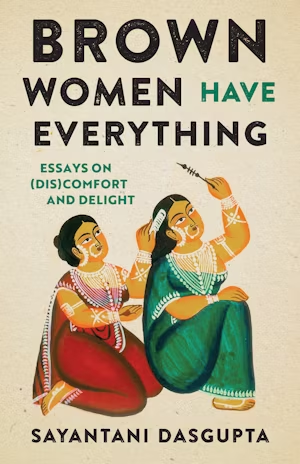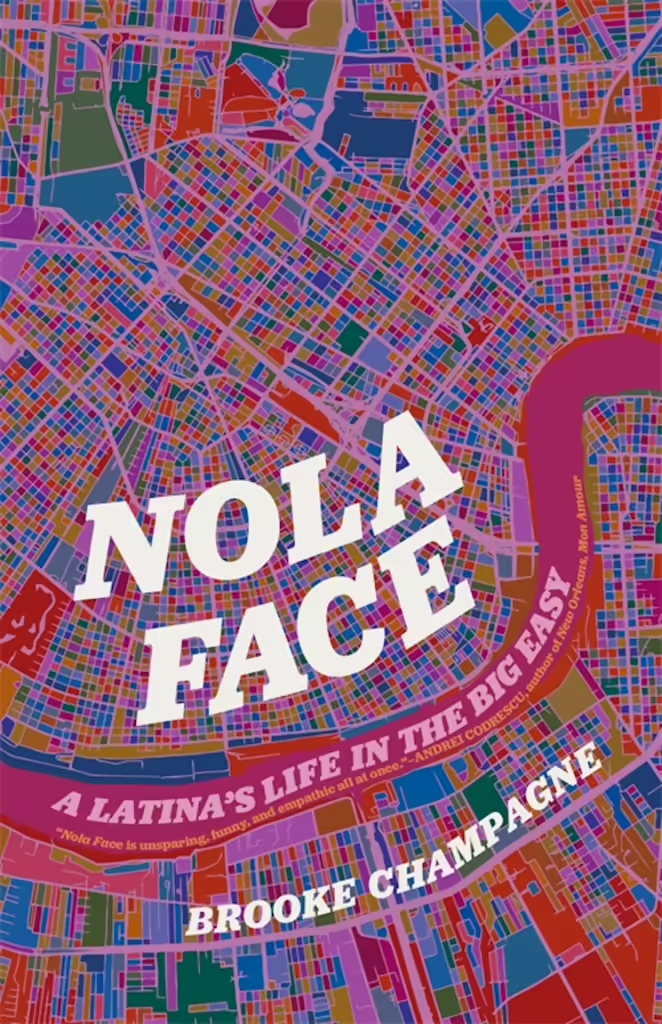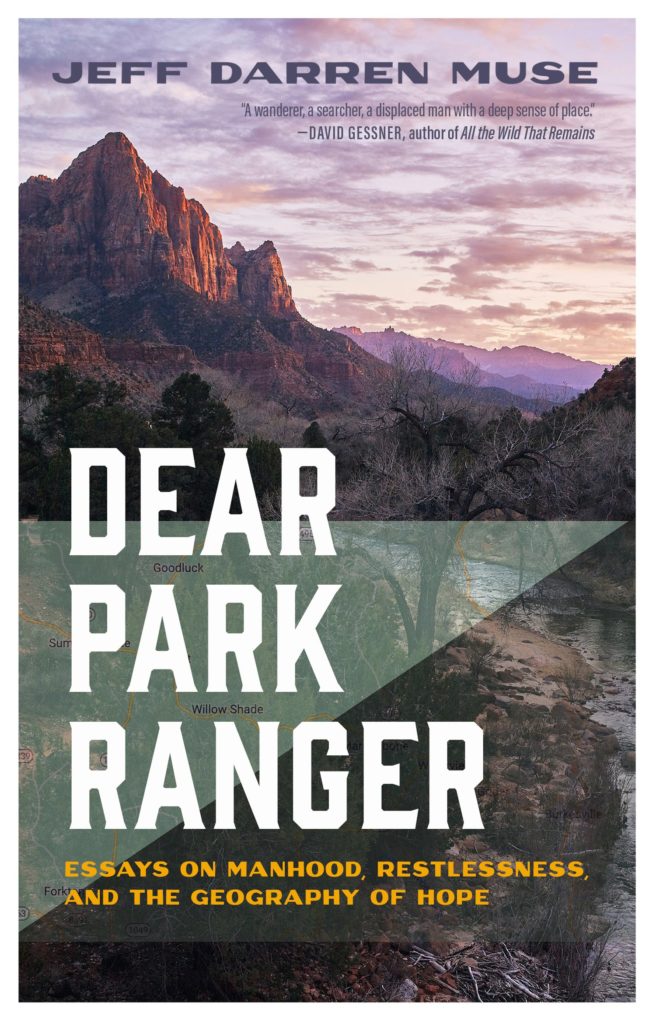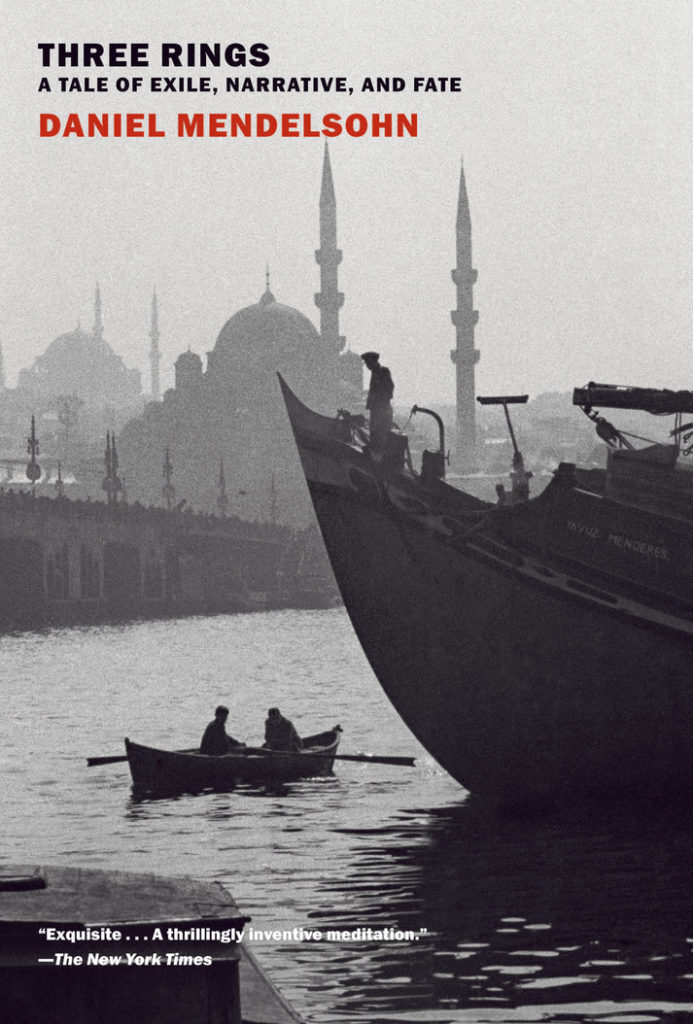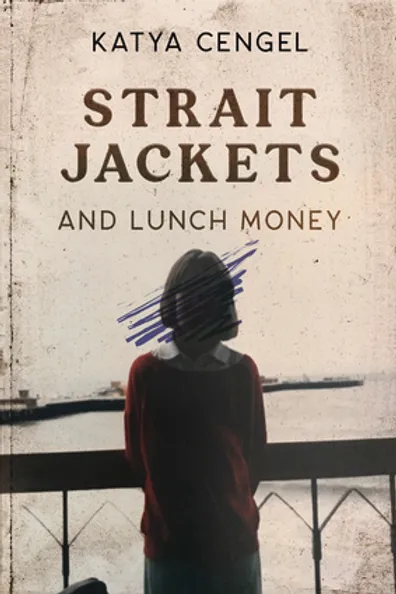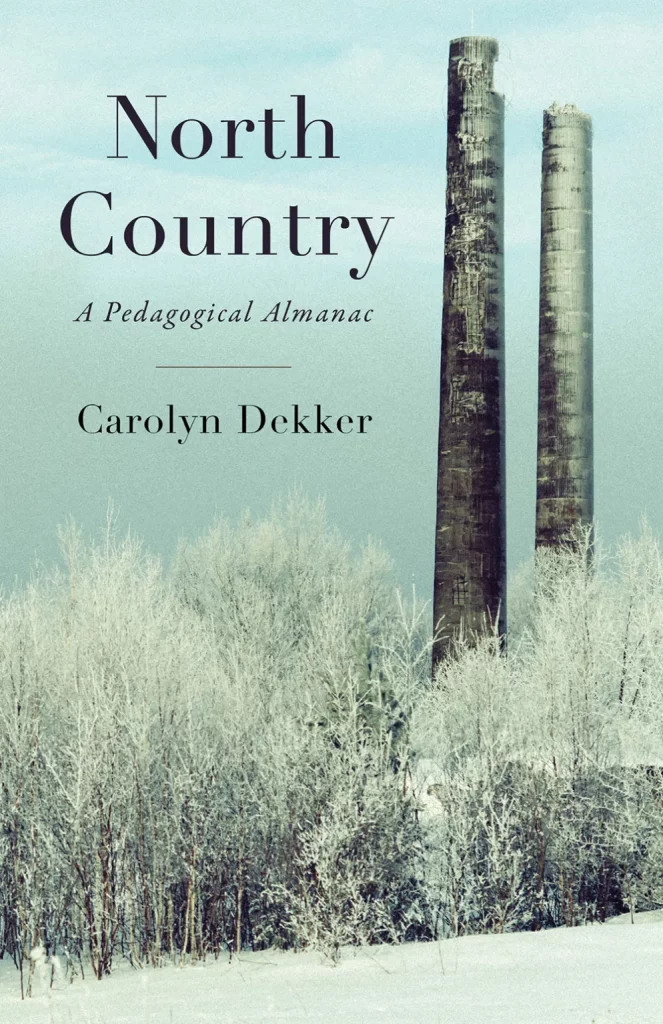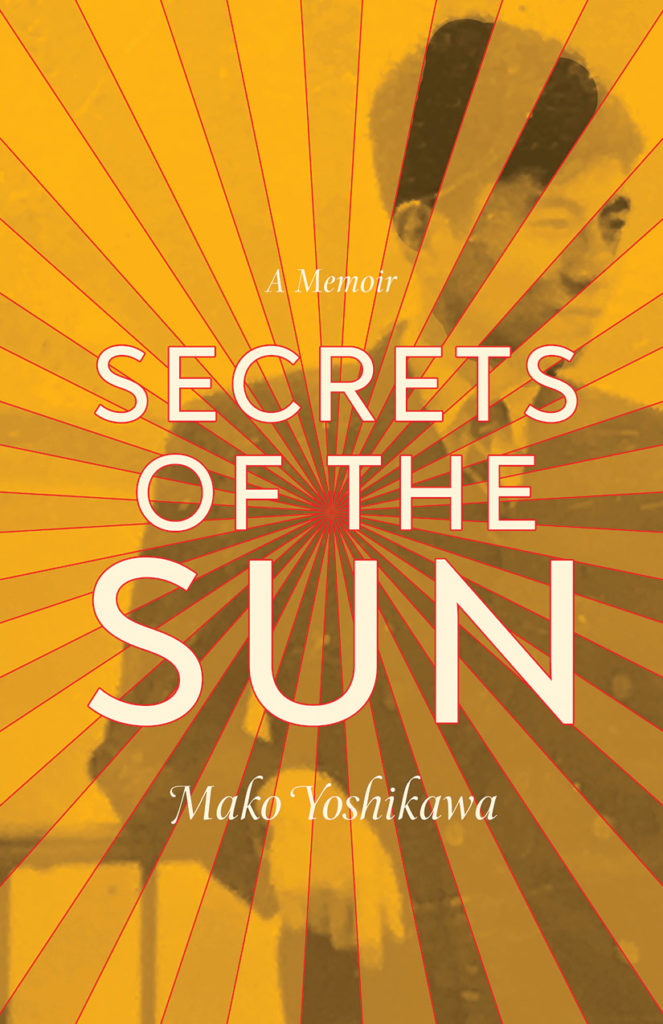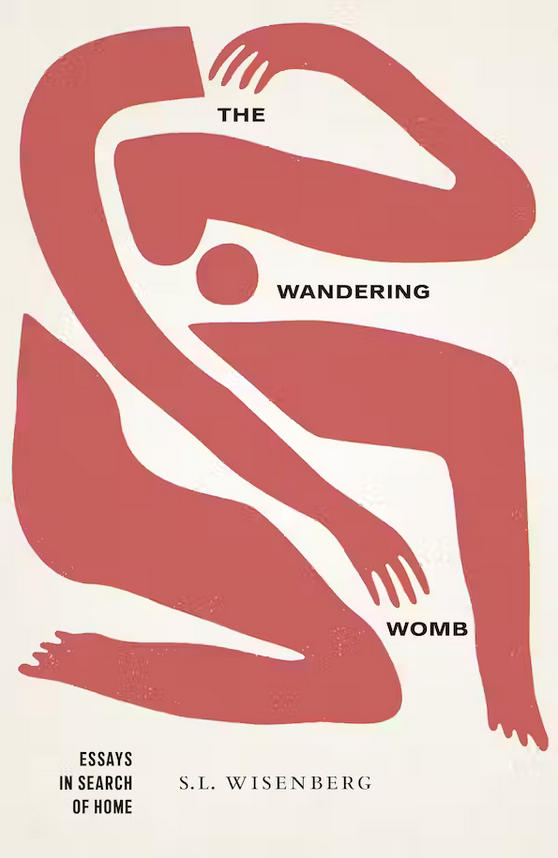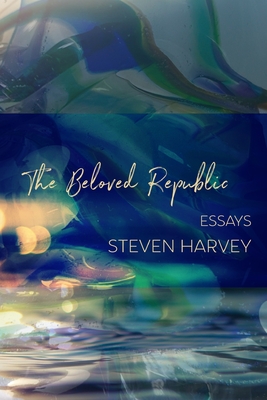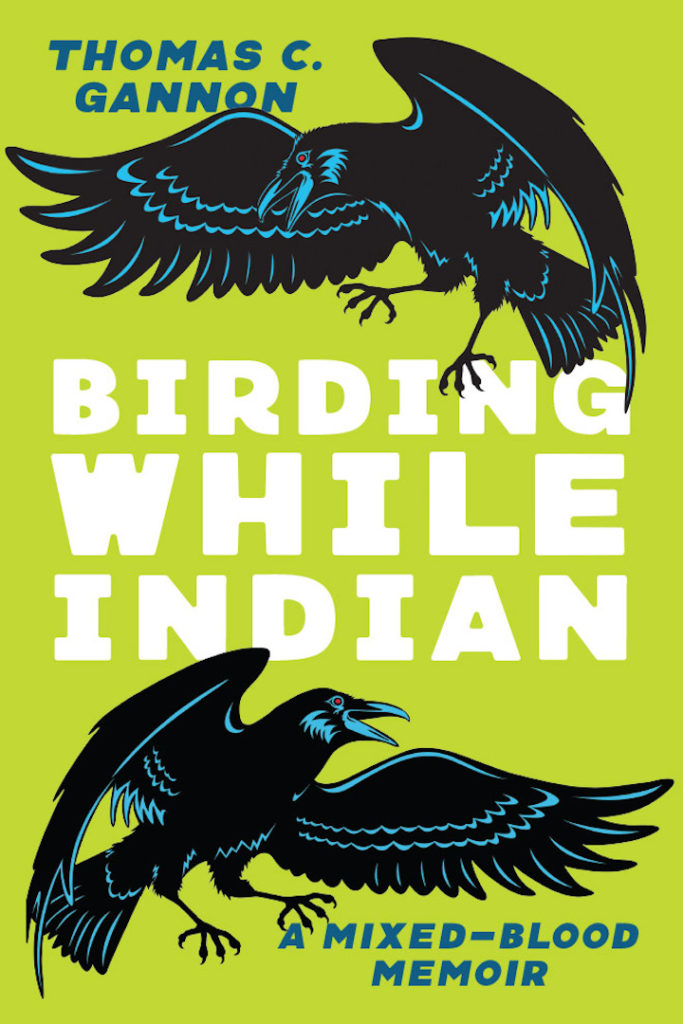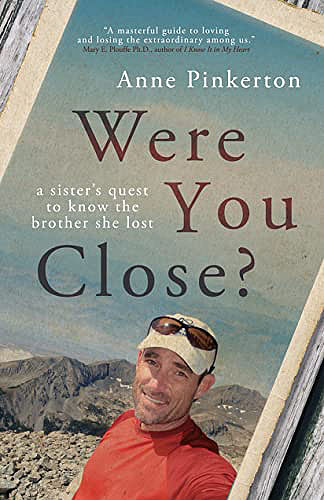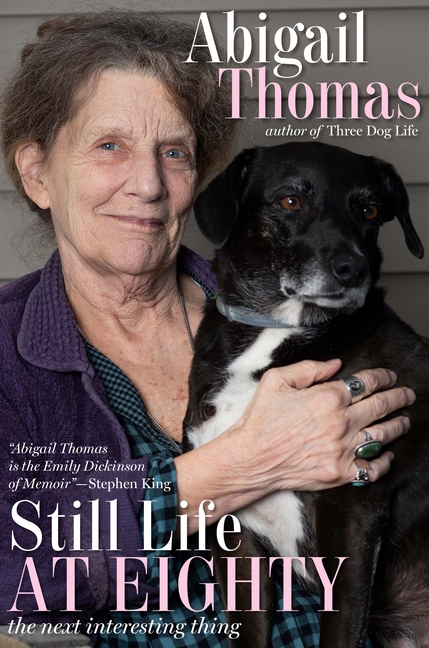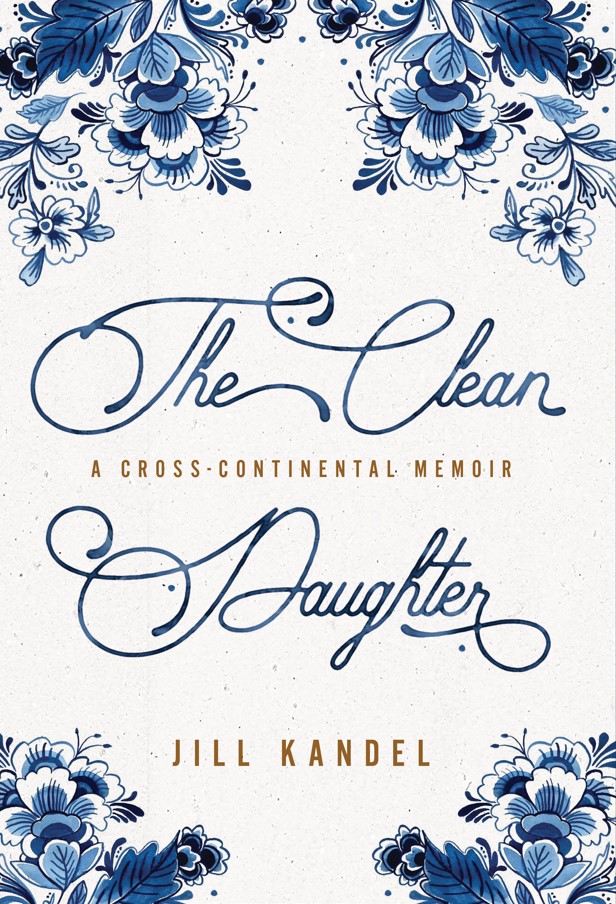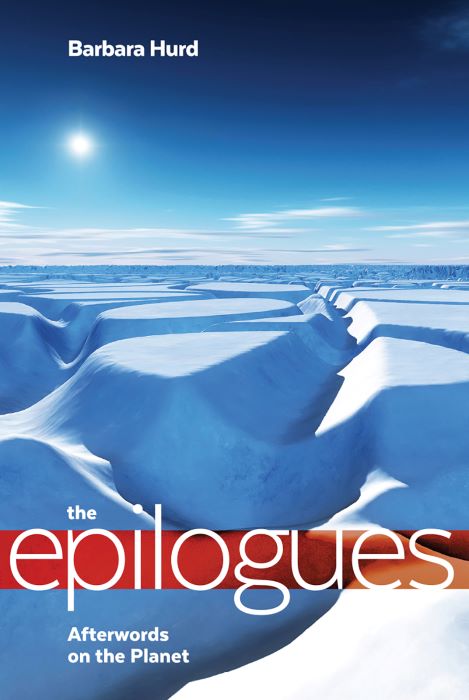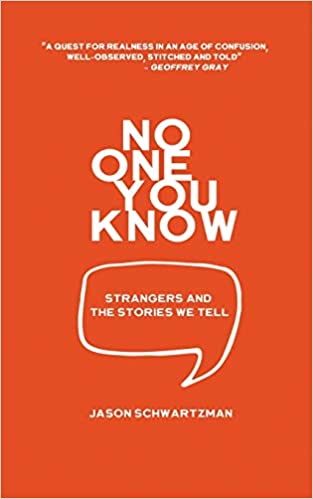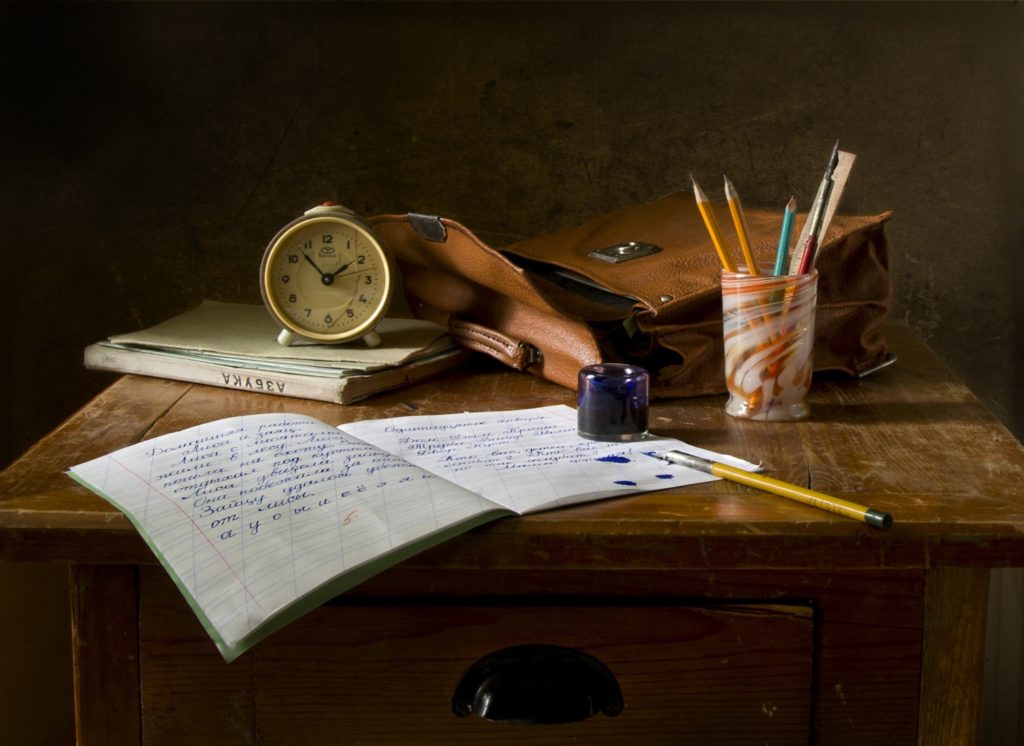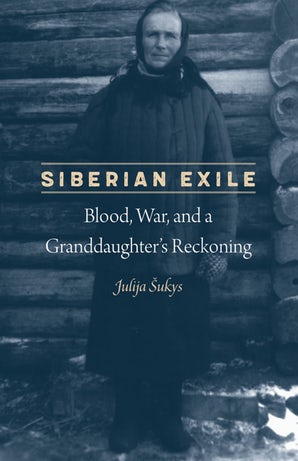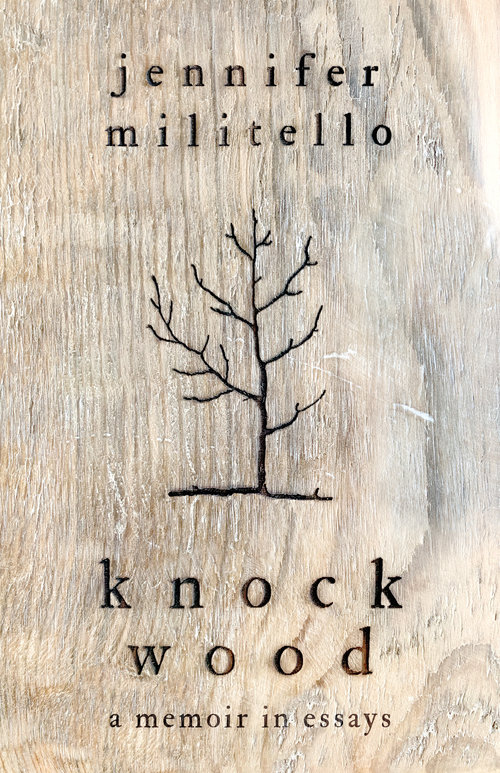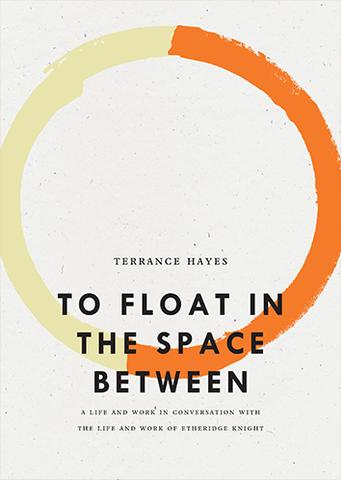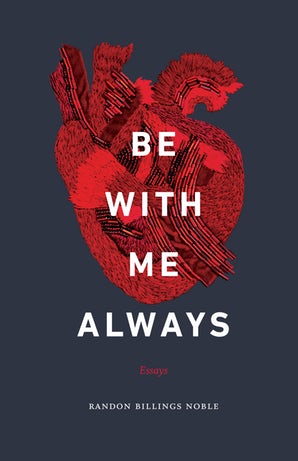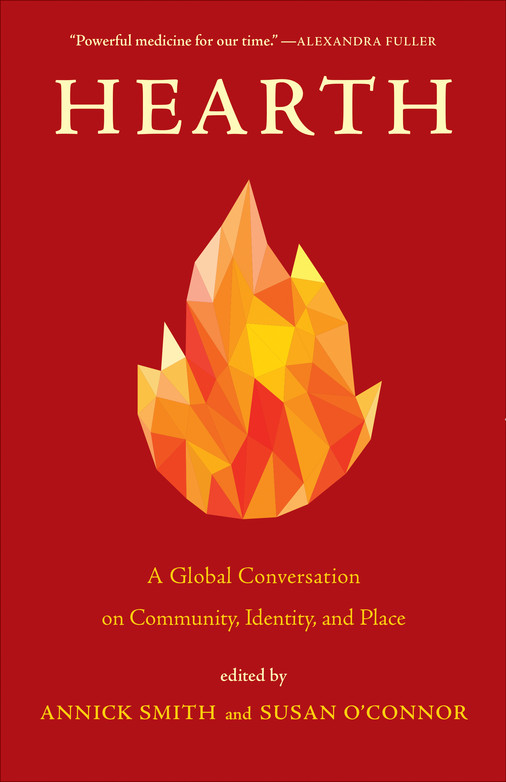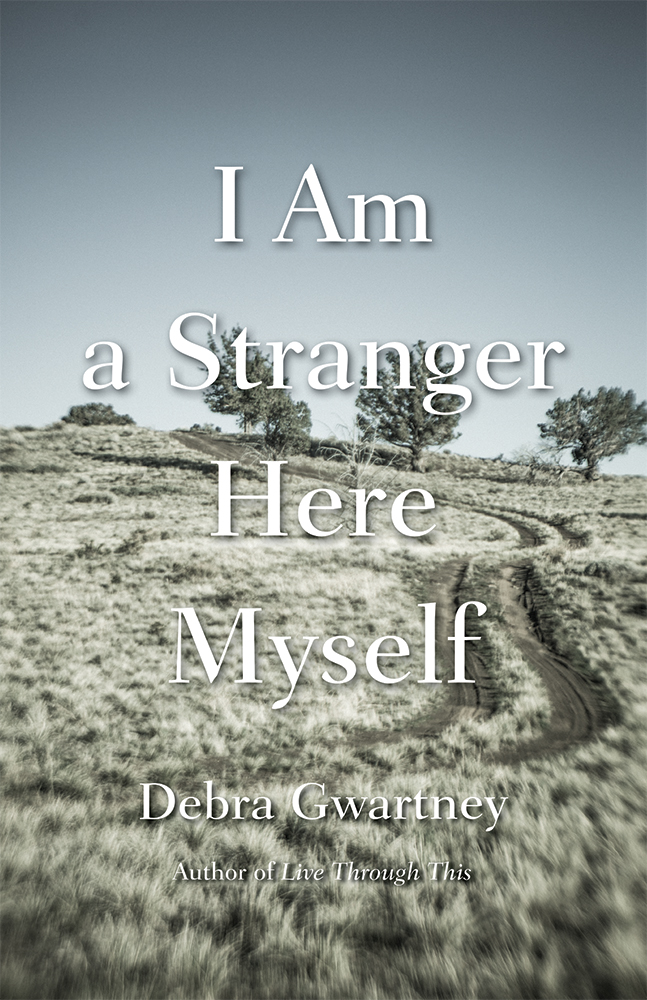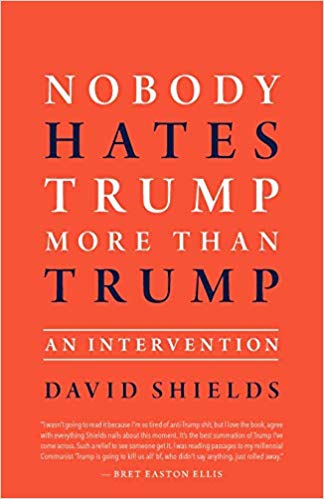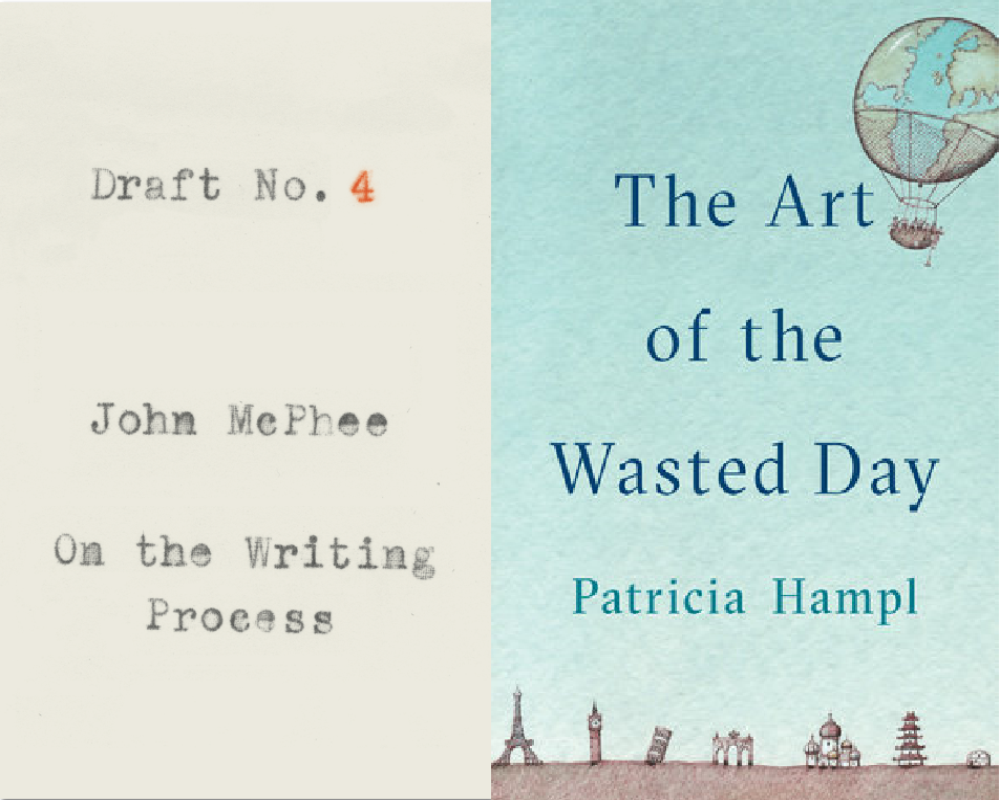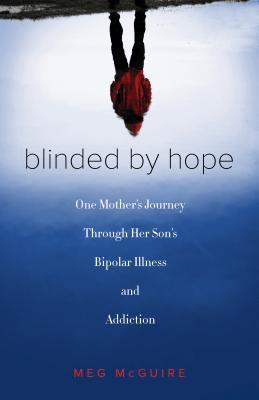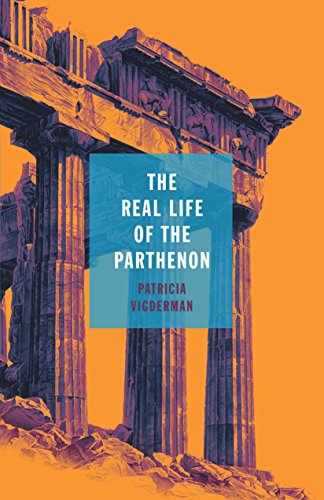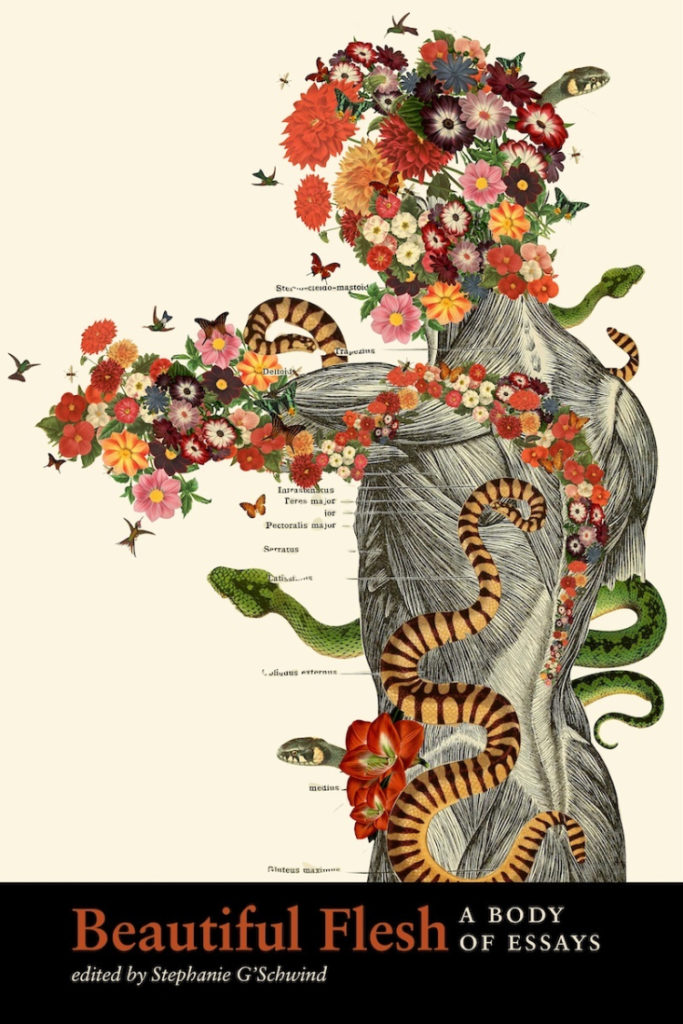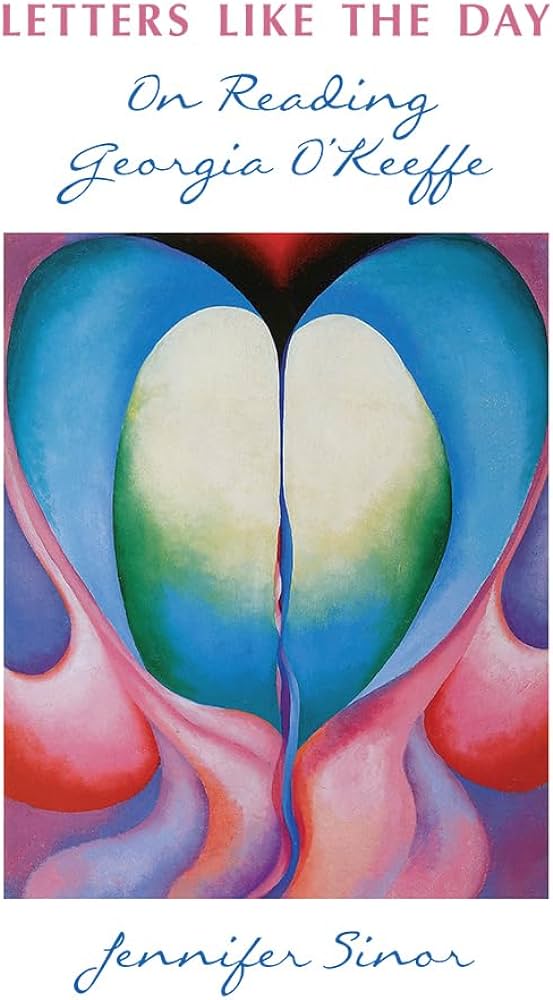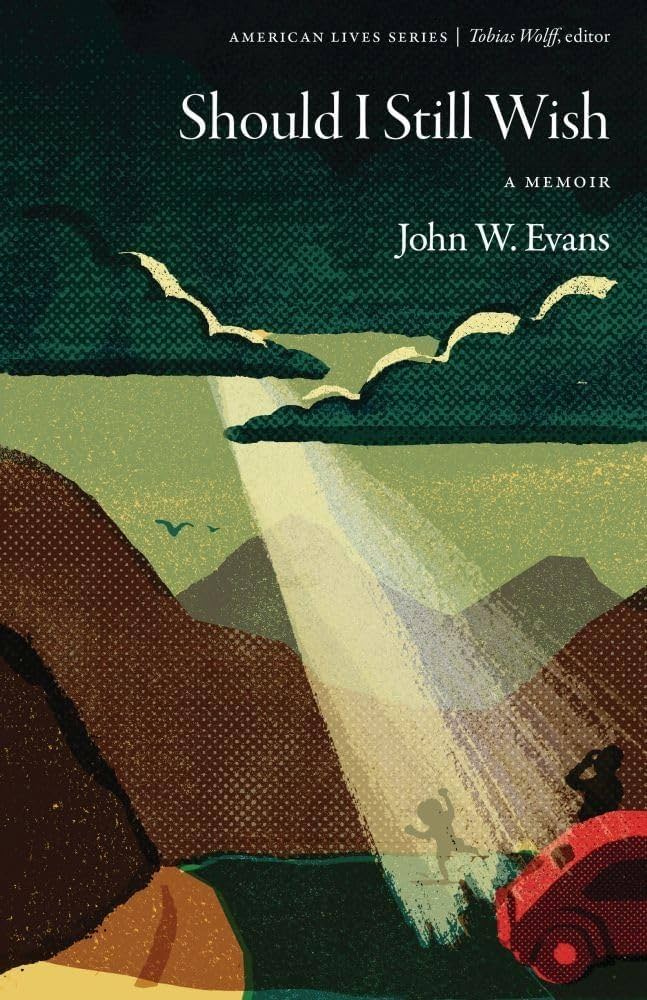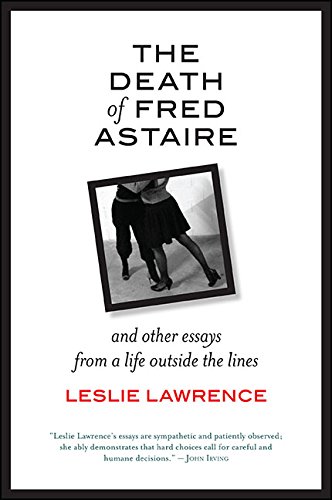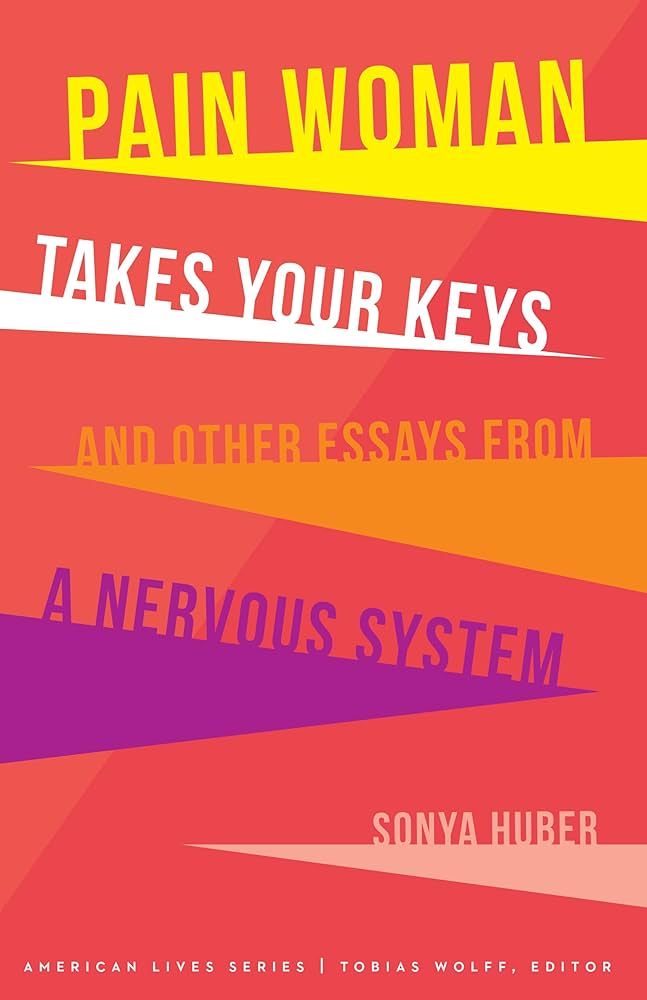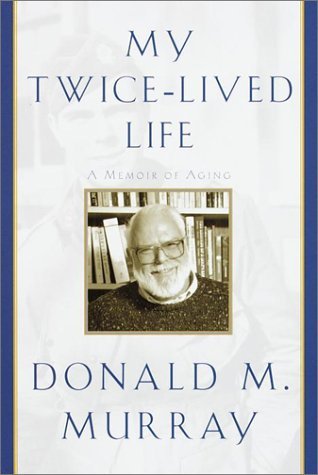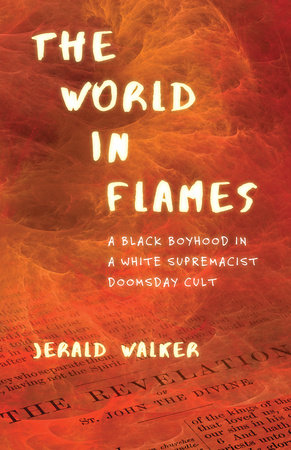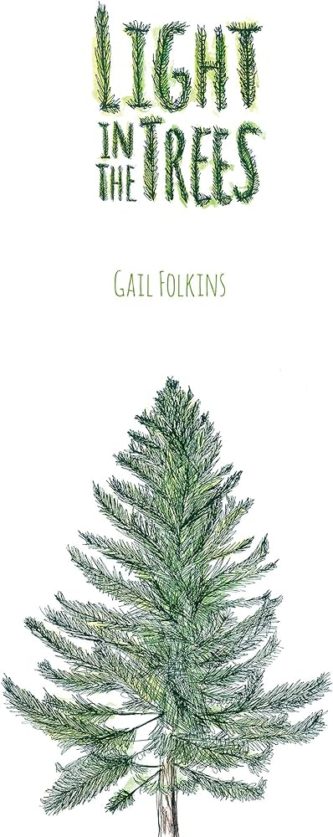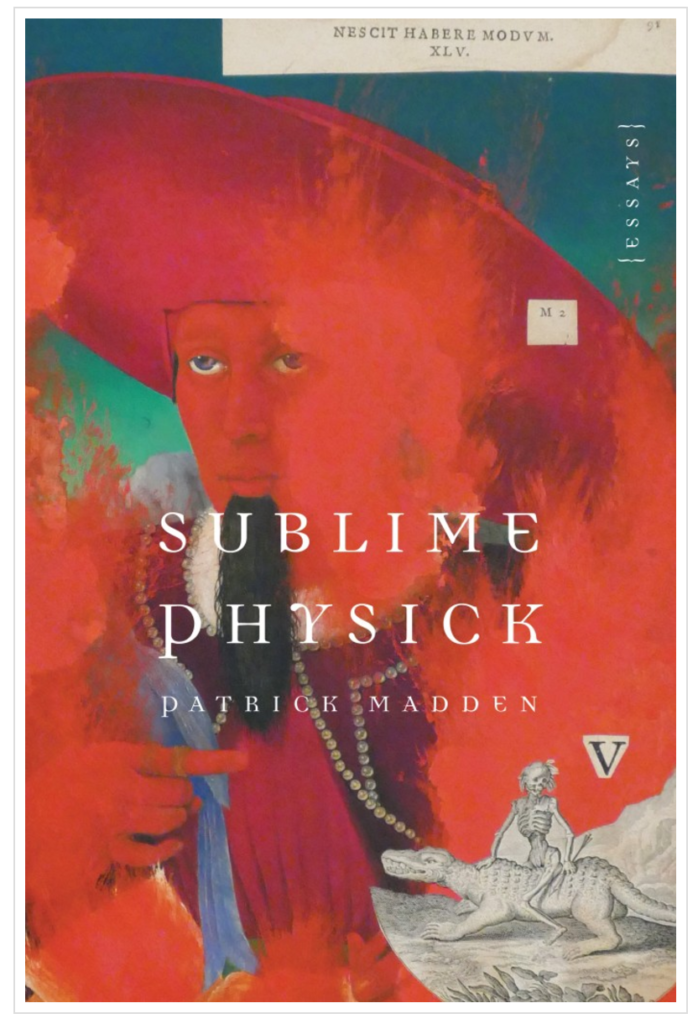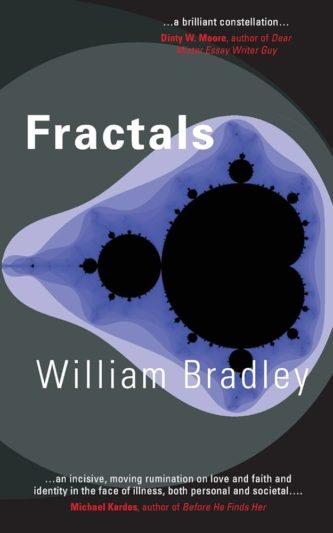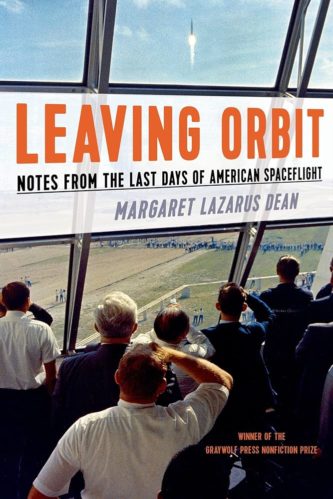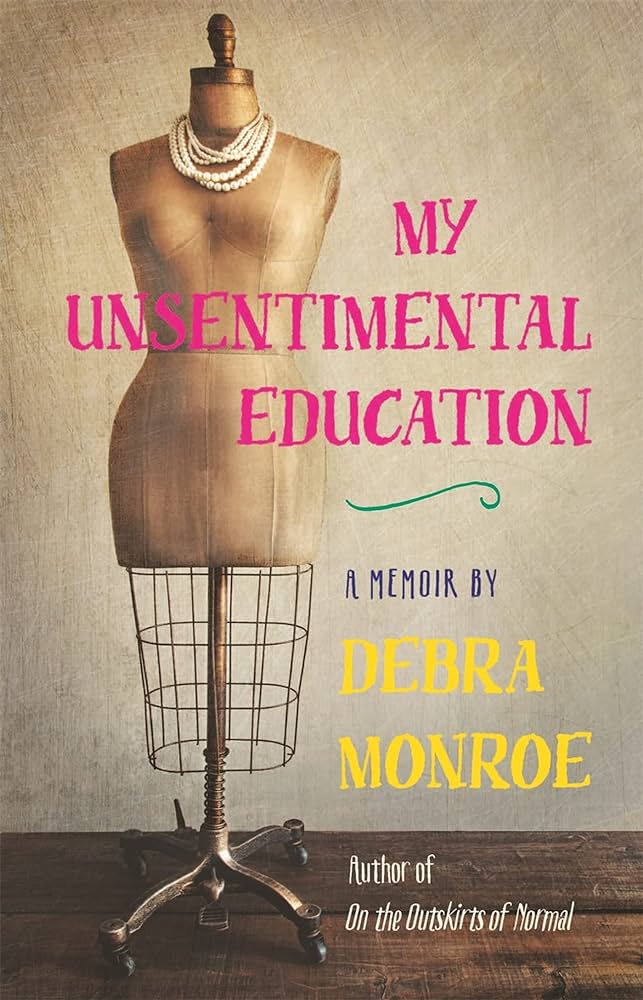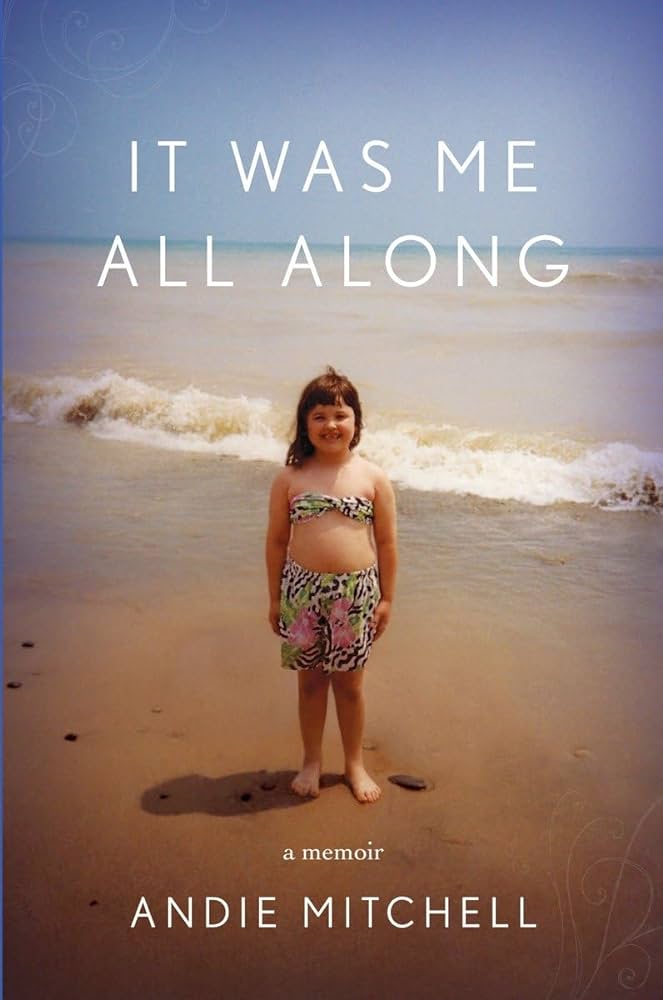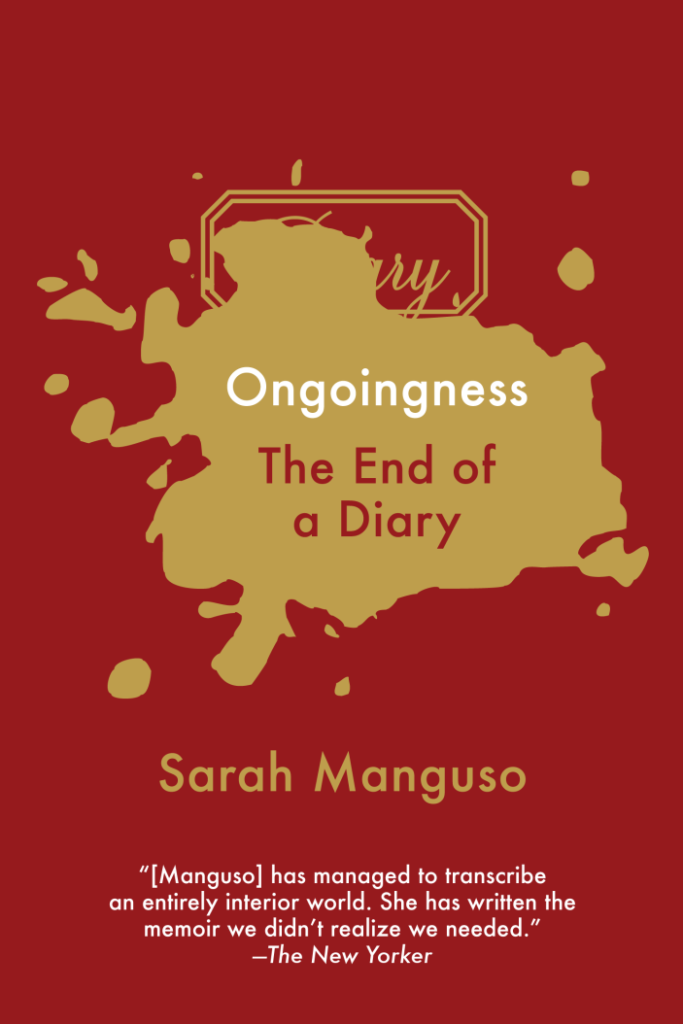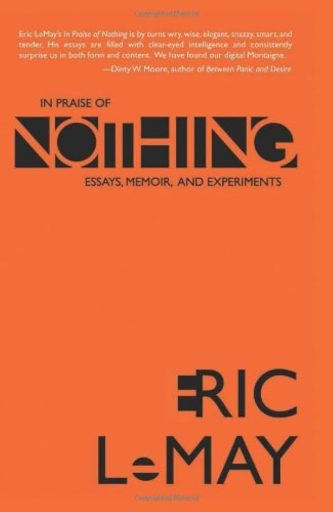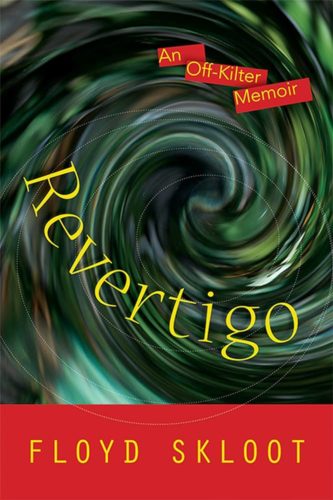By Debbie Hagan
on The Blessing by Gregory Orr
Do I dare say my brother’s death was a blessing?
This first line in Gregory Orr’s memoir serves like a Dutch tilt in cinema. His canted lens disorients us, perhaps to throw us off our expectation that a “blessing” might be anything other than benign.
In 1959, twelve-year-old Orr rises early with his three brothers, heads to the field with their father. They shoot their rifles and kill a deer. Just as they celebrate, Orr’s gun goes off again, this time killing his eight-year-old brother, Peter.
Sprayed with his brother’s blood, Orr runs home, hides in his bed. His mother goes to him, and there she reveals a dark secret: Orr’s father, around age ten, shot and killed his best friend.
Why tell such a horrible secret in the midst of such a crisis? Surely, the mother must have thought it would help Orr see that he wasn’t alone. Accidents happen, even to good people, like his father. As Orr writes, this strange coincidence shakes him even more:
She was speaking to me about this strange and awful coincidence, but her voice was numb and distant. It’s as if she were repeating it to herself simply to hear it spoken aloud, to see if it sounded believable. It didn’t. Not to me. Thus, it sounded unbelievable and terrible, but this was exactly the world I’d entered with my stupid mistake: the world of terrible and unbelievable.
After Peter’s funeral, the parents don’t speak of the accident or Peter again. It’s as if the boy never existed, the accident did not happen. The deafening silence fills Orr with anguish. He assumes his parents hate him as he has become the Biblical Cain . . . the evil, irredeemable brother . . . the boy who angers God so much that he’s cast into the wilderness alone.
Published in 2002 by Council Oak Books in Tulsa, Oklahoma, The Blessing came out in between two blockbuster memoirs: Mary Karr’s The Liar’s Club (1995) and Jeanette Walls’s The Glass Castle (2005). While The Blessing received favorable reviews and honors—for the author, a Guggenheim Fellowship and two fellowships from the National Endowment for the Arts, and for the book, the Award in Literature from the American Academy of Arts and Letters and placement on Publishers Weekly’s 2002 list of top fifty best nonfiction books—it never became a New York Times Bestseller.
If one compares Orr’s memoir to Karr’s and Walls’s, in terms of quirky characters and shocking events, The Blessing stands beside them, an equal. Still, the first line signals, this is not your everyday memoir. Orr’s aim is not to create a breathless, fast-paced, page-turner. He’s crafting a quiet, slow examination of a shattered childhood. He picks up the fragments of his young life, sets them under the microscope, and studies all the cracks.
The Orrs lived in rural upstate New York and, no doubt, appeared to be one those Fifties model families as seen on so many television shows, such as Father Knows Best. A dashing, well-liked country doctor, the father races in his sports car over the countryside attending to patients. The mother is a beautiful, MIT-educated homemaker. The boys thrive in the country fresh air of the beautiful Hudson River Valley.
However, the father is an amphetamine addict. He’s reckless with guns and pills. One of Orr’s older brothers, at age three, crawled out of his crib, found the father’s pills, took a handful, and died. Thus, Peter is the second son to have died by accident, perhaps a preventable accident by a more watchful and precautious father.
Even after the boys’ deaths, the father leaves guns and pills strewn around the house. He engages in an affair with a teenage girl. He takes Orr on an ill-conceived rock-climbing adventure for which he has no training or experience, and, of course, the father can’t be bothered to slow down and teach him the basics. Thus, Orr stumbles and ends up dangling over the bluff. By a miracle, the father figures out a way to bring the boy down. He spends the entire drive home trying to convince the boy that he was never in any real danger.
“My father was like a rug merchant,” Orr writes, “who with a single dramatic gesture unsnaps a bright carpet that settles over the plain bare fact of the wood floor.”
Without much forethought, the father hastily moves the family to Haiti. There, Orr’s mother goes in for a routine medical procedure, but picks up an infection and dies. “Now Dad was in charge, the only adult guiding and guarding us,” Orr writes. “Grieving would take its cues from him. Which is to say, there would be no grieving, but instead fortitude and action and a sudden departure like flight from the scene of a crime.”
Father and three sons move back to upstate New York, where he marries the teenage girl, whom he’d had an affair with earlier. She turns out to be suicidal and dangerous, burning all the family’s pictures. “Her violent instability seemed a thing of its own, a vengeful entity unrelated to Cain,” Orr writes. “I felt my identification with Cain beginning to lose its explanatory power.”
Throughout The Blessing, Orr guides readers with a steady, searching, contemplative voice. He combs the past for meaning—not just how it pertains to the deaths of his brothers and mother, but small moments in life, such as a flicker of grief on his father’s face. Orr wonders why his father, having had a similar, terrifying shooting accident as a child refuses to talk about his experience or, at minimum, to reach out to Gregory with just a little comfort. When he confronts his father about his gun accident, he refuses to discuss it—and never will.
So where is the blessing that Orr alludes to in the beginning?
Violent trauma shreds the web of meaning. It destroys all the threads of a relationship that link the hurt self to the world—to other people and objects, to nature, even to the inner world of one’s own feelings. The real task of a trauma victim—the task that makes life worth living again—is to reconnect to the world. To do that, you need to reweave the web, to risk the spinning of new threads until they form a sustaining pattern the self can inhabit.
To reweave Orr’s web, he decides to give back to society. Thus, in 1964, at age seventeen, he canvasses for the Congress of Racial Equality (CORE). The next year, he drives his Ford down to Jackson, Mississippi, and joins the Student Nonviolent Coordinating Committee (SNCC) protests. There he’s arrested, kicked, beaten with clubs, kidnapped, and taken to a barn where he’s nearly killed.
It’s hardly the redemption Orr sought. In fact, he’s traumatized, barely able to speak, barely able to make sense of anything. Yet he discovers poetry, an art he describes as “born of crisis.” He’s fascinated by the meaning of words, such as bless. In English, it means “to confer spiritual power on someone or something by words or gesture,” such as a pastor or priest sprinkling holy water on a child’s head. Yet, blesser, a French verb, means to wound, and the Old English blestian means “to sprinkle with blood.”
“I feel as if life itself were trying to reveal some mystery to me by making those three sources meet in my own life,” he tells us.
The final shift in Orr’s world comes when he meets his high school English teacher, who leads him into a field of outdoor art objects. There, he sees for the first time the grandly abstract metal sculptures of David Smith. In them, Orr discovers his “martyr’s cross . . . alchemized and shining, metamorphosed . . . into a hundred expressive shapes. . . . Here was my blessing.”
The Blessing is powerful and fulfilling. As a memoir aficionado, I am stunned that none of my friends or colleagues ever mentioned this book to me. Yet Milkweed Editions reissued it in 2019 with a new cover and an afterword by the author. For those of us discovering it for the first time, this is truly a blessing.
The Blessing by Gregory Orr
Reissued by Milkweed Editions
$15.00 Paperback | Buy Now
Debbie Hagan is book reviews editor for Brevity and teaches writing at Massachusetts College of Art and Design. Her writing has appeared in Harvard Review, Hyperallergic, Pleiades, Superstition Review, Brain, Child, Split Lip, and elsewhere. She is author of Against the Tide (Hamilton, 2004). Her essays have appeared in numerous anthologies, including Fearless: Women’s Journeys to Self-Empowerment.


